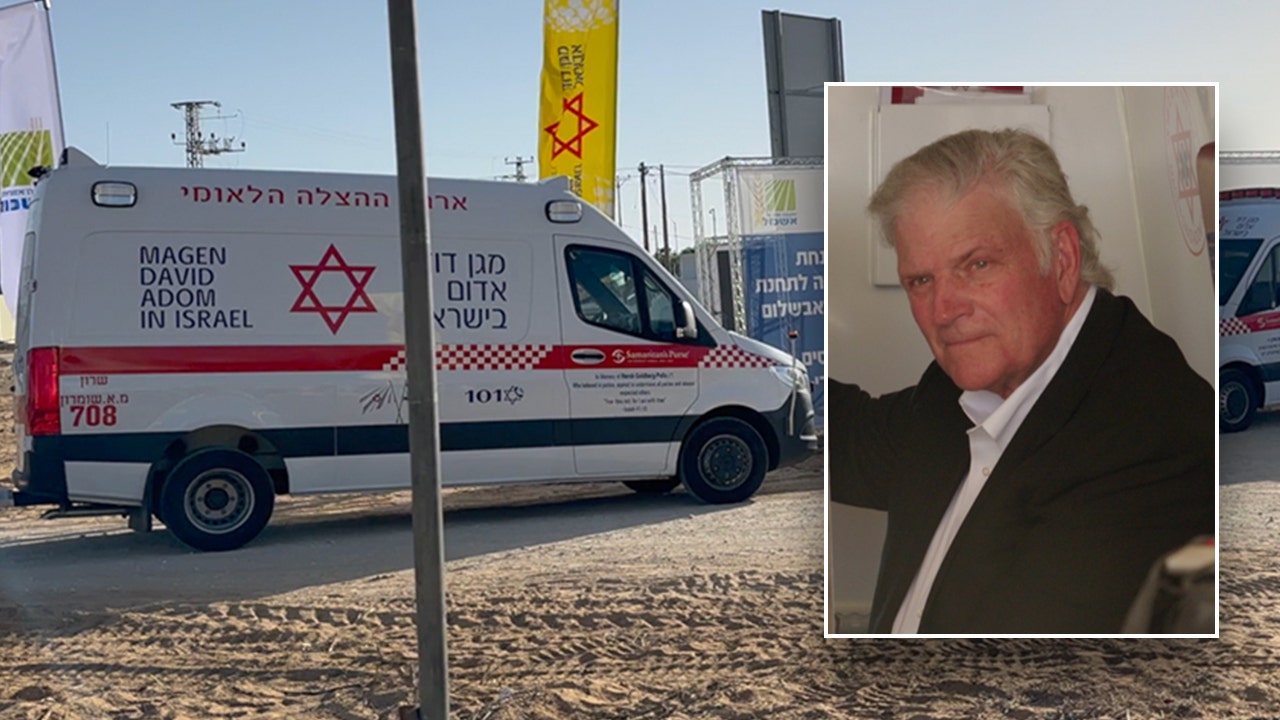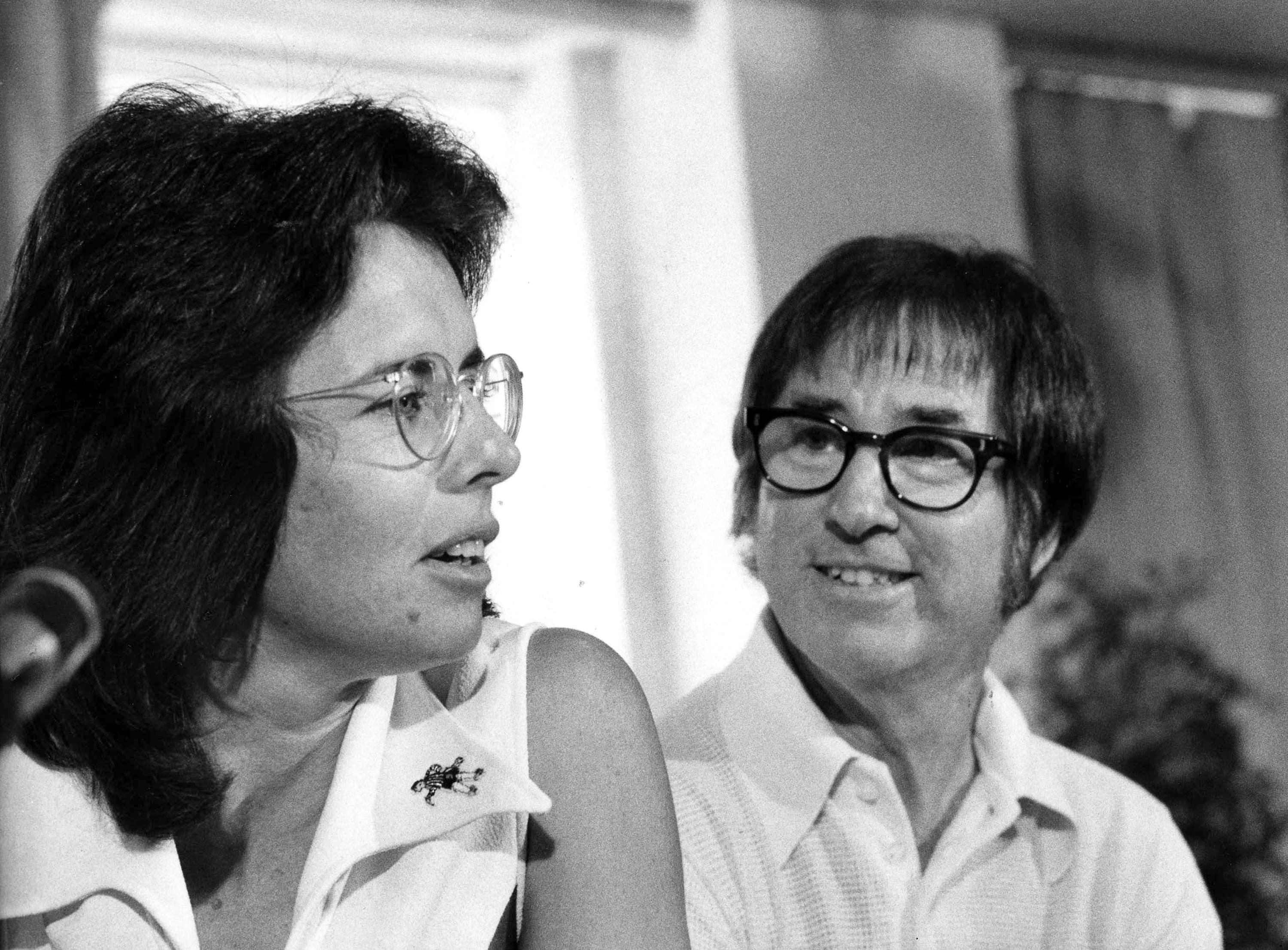Over 300 Iranians stormed the U.S. Embassy in Tehran, Iran, on Nov. 4, 1979 — taking 66 Americans hostage.
The embassy had been attacked and occupied in February of that same year but had been quickly returned to U.S. control.
Rising from the chaos of the Iranian Revolution and loyal to Ruhollah Musavi Khomeini, the Iranians held 52 Americans hostage for 444 days (14 were released during captivity).
In “The Persian Puzzle,” bestselling author Kenneth M. Pollack writes, “For the students who took the embassy, for the Iranian revolutionary officials who supported them, and for much of Iran, the taking of the embassy was a response to the 1953 coup … To some extent, it was about preventing a repeat performance.”
He also wrote, “What stands out … is that a far more compelling cause for the Iranians was revenge. It was an act of vengeance for the 1953 coup, designed to humiliate the United States, to cause pain to the American people, and to assuage the angry and psychological scars that the Iranian people still bore from the event.”
Jack Carr, No. 1 bestselling author, is a former Navy SEAL Task Unit commander and sniper with deployments to Afghanistan and Iraq. He reflects on the events of April 24, 1980 — 44 years ago — and says, “What lessons were learned at Desert One that shape special operations command and control, training and planning even today? The answers are out there.” (Jack Carr; ADN-Bildarchiv/ullstein bild via Getty Images)
In the evening hours of April 24, 1980, almost six months into the ordeal known as the Iran Hostage Crisis, eight Navy RH-53D Sea Stallion helicopters took off from the USS Nimitzin the Gulf of Oman to rendezvous with three MC-130s carrying Delta Force assaulters from Masirah — an island in the Arabian Sea — along with another three EC-130s carrying fuel.
The no-go criteria for Operation Eagle Claw was fewer than six Sea Stallions.
After refueling the helicopters and transferring the assaulters, the C-130s planned to return to Masirah.
The helos carrying the Delta assault force would then fly to Desert Two, where Delta would ROD (Remain Over Day).
It would then move to the embassy in vehicles acquired by an advance force element consisting of two members of an Army Special Forces Team out of Germany: “Fred” — an Air Force E6 who spoke Farsi — and Special Operations legend Dick Meadows, now a civilian, with assistance from CIA assets known as “Bob” and “Mohammed.”
The storming of the U.S. embassy in Tehran, Iran, on Nov. 4, 1979, when Iranian students climbed over the wall of the U.S. embassy and took 52 members of the staff hostage. (STR/IRNA/AFP via Getty Images)
Less than six helos made it to Desert One and the mission was aborted.
The force would have reconstituted and attempted the rescue of the hostages in the days ahead — but that was not to be.
A helo collided with one of the EC-130s and ignited an explosion that killed eight servicemen.
The Carter White House acknowledged the failed mission the following day and no other rescues were attempted.
The hostages were separated and moved to multiple locations across Iran.
The Iranians held 52 Americans hostage for 444 days. They were not released until Jan. 20, 1981, after Ronald Reagan was sworn in as president. (API/Gamma-Rapho via Getty Images)
They were released on Jan. 20, 1981, minutes after Ronald Reagan was sworn in as president of the United States.
That is the story most people know.
But as is often the case, there is more to it.
‘Answers are out there’
After infiltrating into the Iranian capital, do you know how Delta was planning to assault the target?
JACK CARR’S TAKE ON NOVELIST DAVID MORRELL, BORN APRIL 24: ‘PERSONAL HERO AND LITERARY ICON’
How were they planning to extract? What about the advance force team?
How did they get into, and what were they doing, in Tehran?
How did they acquire the vehicles that were to take the assault force into the city?
In this April 26, 1980, photo, an undamaged helicopter sits on the ground behind the charred remains of a second U.S. helicopter in the Iranian desert of Dasht-E-Kavir, April 26, 1980. The site, about 300 air miles from Tehran, was where the U.S. rescue effort for those held hostage in Tehran was abandoned — and where a U.S. helicopter and transport aircraft collided. (ADN-Bildarchiv/ullstein bild via Getty Images)
What about the STOL (Short Take Off and Landing) aircraft that flew in and landed at Desert One on March 31 to get soil samples?
What lessons were learned at Desert One that shape special operations command and control, training and planning even today?
The answers are out there.
The lessons learned from the tragedy at Desert One led directly to the establishment of JSOC, the Joint Special Operations Command.
It’s a command that would spearhead another mission just over 30 years removed from Operation Eagle Claw.
This mission also involved military helicopters crossing borders.
CLICK HERE TO SIGN UP FOR OUR LIFESTYLE NEWSLETTER
It was called Operation Neptune Spear.
And it would result in the death of Osama bin Laden.
Follow Jack Carr on Instagram at https://www.instagram.com/jackcarrusa.
For more Lifestyle articles, visit www.foxnews.com/lifestyle.
Jack Carr is the #1 New York Times bestselling author of “The Terminal List” and host of the “Danger Close Podcast.” His latest book is “Only the Dead” (Atria/Emily Bestler Books, May 16, 2023). He is a former Navy SEAL Task Unit commander and sniper with deployments to Afghanistan and Iraq. Visit him at officialjackcarr.com and follow along on Instagram, Twitter, and Facebook at @JackCarrUSA. His upcoming nonfiction work, “Targeted: Beirut – The 1983 Marine Barracks Bombing: The Untold True Origin Story of the War on Terror,” with co-author, military historian and Pulitzer Prize finalist James Scott, will be published in 2024.




